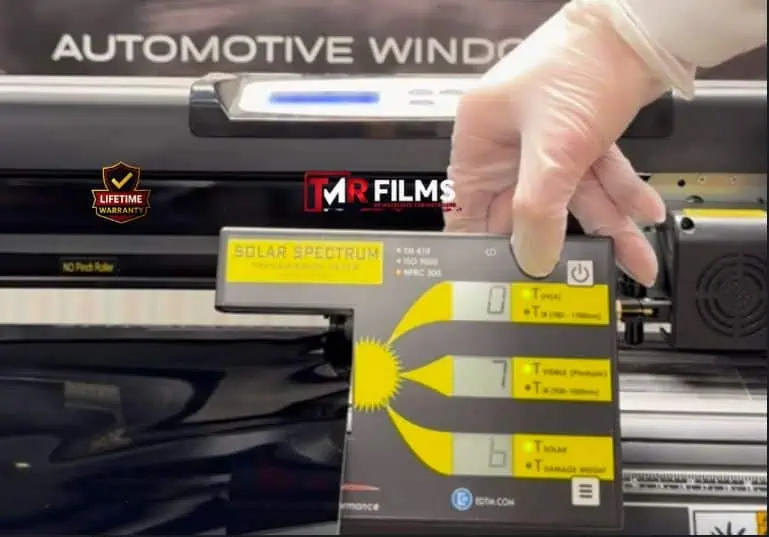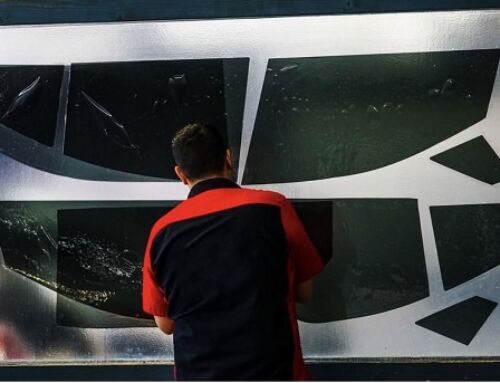TSER vs IRR: What Really Matters When Choosing Window Film?
At TMR Films, we believe in full transparency—in both film performance and how we educate our installer community.
🔍 What Is TSER?
TSER (Total Solar Energy Rejected) is the most comprehensive metric to measure heat rejection. It includes:
- UV Radiation (damages interiors)
- Visible Light (what you can see)
- Infrared Radiation (what you feel as heat)
The higher the TSER, the more total heat the film blocks.
Our CER Series achieves TSER ratings up to 95%, among the highest in the industry.
🌡️ What Is IRR?
IRR (Infrared Rejection) focuses specifically on blocking infrared radiation, which accounts for about 53% of total solar energy.
But be cautious:
- IRR can be measured across different infrared ranges (e.g., 900–1000nm vs 780–1700nm)
- Some suppliers only show partial IRR values, which can mislead
At TMR Films, we disclose both IRR metrics for full clarity.
🧠 Which One Should You Trust?
- TSER = Total heat rejection & real-world comfort
- IRR = Useful, but only when the measurement range is specified
- Avoid vague IRR claims that hide measurement details
🔧 Why Installers Need to Know This
- Educate your clients with accurate info
- Avoid overhyped film with underperforming results
- Choose the best film for each climate, vehicle, or customer need
💡 TMR Films Advantage
We back every film with complete, honest data:
| Metric | CER 05 | CER 15 | CER 30 | CER 50 | CER 70 |
|---|---|---|---|---|---|
| VLT (%) | 7 | 22 | 37 | 49 | 67 |
| TSER (%) | 95 | 88 | 83 | 79 | 72 |
| IRR (900–1000nm) | 96 | 95 | 95 | 96 | 95 |
| IRR (780–1700nm) | 96 | 93 | 95 | 96 | 95 |
You get the full picture, not just cherry-picked stats.
🚀 Ready to Upgrade Your Film Game?
Become a TMR Films dealer to access:
- 📦 Fast U.S. shipping from Denver
- 💼 Exclusive wholesale pricing
- 🎓 TMR Academy hands-on training
Visit www.tmrfilms.com to apply today or contact us with any questions.



